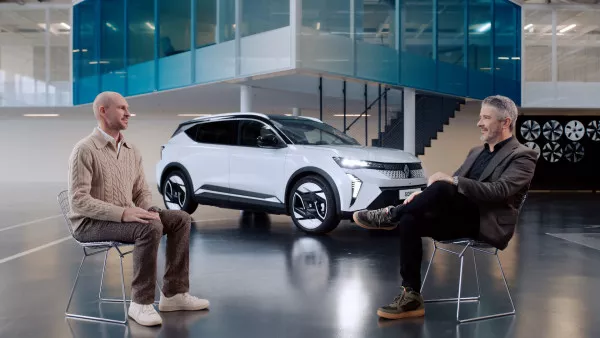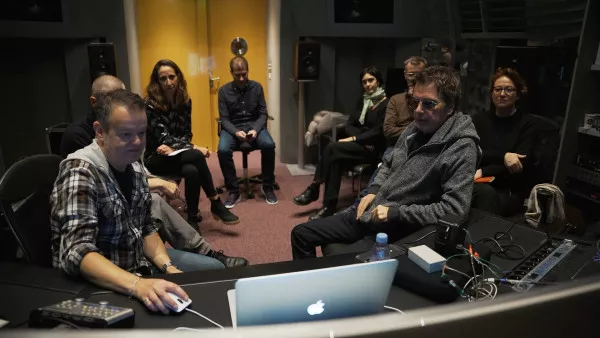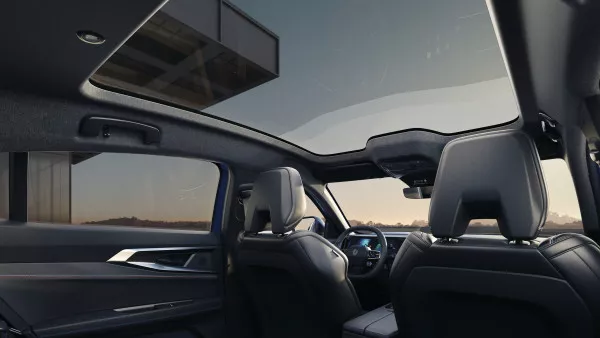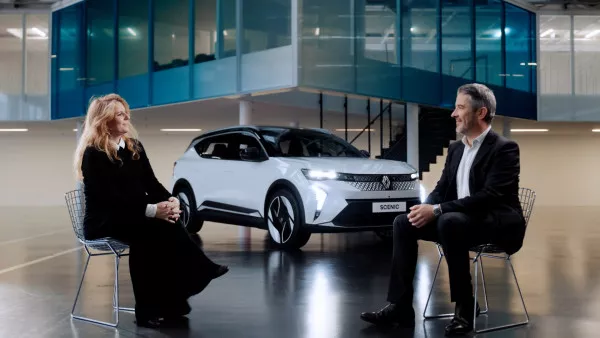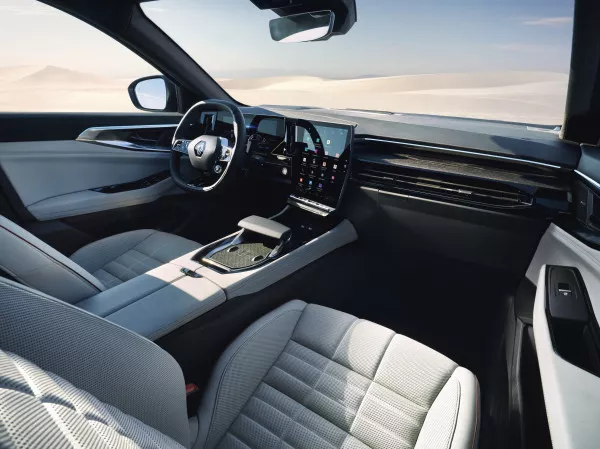All-new Megane E-TECH Electric: delving into the heart of innovation - episode 1
Episode 1 – Two patents for a lighter rear hatch
For nearly 125 years, Renault has been constantly seeking to innovate. Its inventions have stood the test of time and are still used even today with many people not even realising it. Direct drive gearbox (1899), replacement of the hand crank with an electric starter (1909), addition of the ‘5th door’ (1961), central opening (1983), hands-free key card (2000). All these and more are Renault designs. The All-new Megane E-TECH Electric – the first of Renault’s Nouvelle Vague – sees Renault still innovating. More than 300 patents have been lodged for the design of the vehicle and its platform, of which we have selected seven to showcase over the summer period. For our first article, Hervé Maine, plastic injection process specialist at the Production Engineering and Vehicle Prototypes Division, talks us through the role he helped improve the range of the Megane E-TECH Electric by making its rear hatch lighter.
11 July 2022
Plastic hatch doors have been used on Renault vehicles for a number of years and help reduce a vehicle’s overall weight. Not only do they enhance the interior, but they also made it possible for designers to incorporate exterior lights that cross from one side to the other.
The new rear hatch door on the Megane E-TECH Electric is now more technically simple than before. The combination of a new design with a new industrial process involving plastic injection means some metal supports are no longer needed and it requires fewer parts to make.
In bringing together product design, digital simulations, and plastic injection production engineering, the final idea was first utilised for the Eolab prototype that aimed to reduce the vehicle’s weight to a bare minimum and fuel efficiency to only 1L / 100km!
The different inventions used for the new rear hatch on the All-new Megane E-TECH help reduce the vehicle’s final weight – meaning better fuel economy when on the road. They also gave rise to the lodging of two patents that will also be used on seven other Renault models, such as the All-new Austral.
“In associating the use of plastic with ‘fluid vein’ innovation, we had to entirely rethink the design of the rear hatch door. Quite a challenge, but now thanks to the All-new Megane E-TECH Electric, we are a step ahead of the competition.”
Hervé Maine, plastic injection process specialist at the Renault Production Engineering and Vehicle Prototypes Division
What the innovation brings
There are considerable advantages when comparing to the previous generation of plastic hatch doors:
- A reduced weight of 4.1 kg/m2 (i.e., -20%), or 5kg per part
- A reduced cost of a few dozen Euros per part
- A more rigid hatch door
- Fewer parts required for assembly (25 in all), for a simpler process
A brand-new process
The overall structure has been made stronger thanks to the use Water Injection Assisted Molding. The new process involves using injected water to carve out a groove.
The hollow groove acts like a stiffening beam. Plastic removed by the water injection process is then reused to make other parts, thereby reducing overall plastic use.
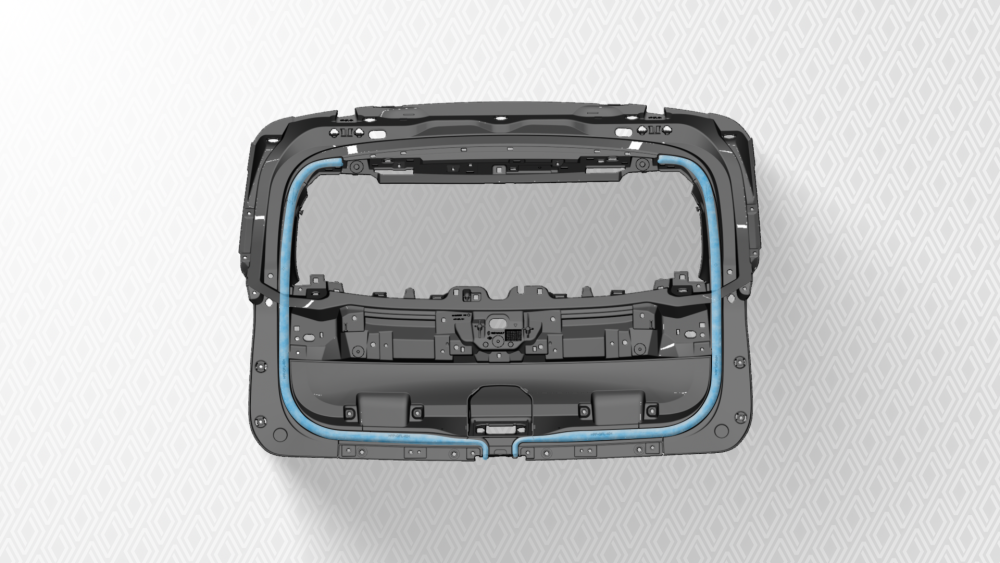
To find out more
Patent references:
- Boot door structure: Patent FR3083484a – Inventor: Olivier Glaumot
- Injection system: Patent FR2100795 – Inventors: Hervé Maine, Jeremy Berluchon, Marty Castier, Olivier Glaumot
|
Hervé Maine |
Jérémy Berluchon |
Marty Castier |
Olivier Glaumot |
médiathèque (7)
sur le même sujet








